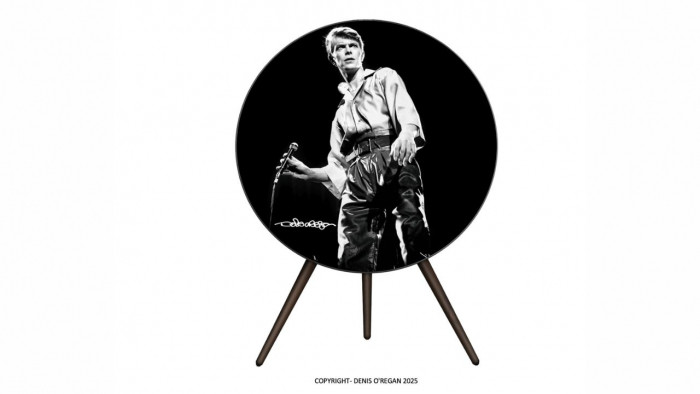Facebook’s latest update will tell you which of your friends have shared fake news
You no longer have to put up with your great-uncle sharing ridiculous conspiracy stories


It’s fair to say that Facebook is having a tough time of it at the moment after the Cambridge-Analytica data scandal. Not to mention the allegations that the social network played a crucial role in spreading misinformation during the 2016 presidential election.
Mark Zuckerberg initially rejected this idea out of hand, saying in the days after the election: “Personally, I think the idea that fake news – of which it’s a small amount of content – influenced the election is a pretty crazy idea.” Oh dear, Zuck.
However, he’s since come around and admitted that fake news is a major problem that needs to be tackled. He told Vox earlier this week: “In 2016, we were behind having an understanding and operational excellence on preventing things like misinformation, Russian interference. And you can bet that’s a huge focus for us going forward.”
And Facebook’s latest measure to tackle the spread of fake news on the platform is a tool to verify where a story comes from and who in your friendship network has shared it. So, if you come across a somewhat dubious article with the headline ‘Jeremy Corbyn is actually a lizard monster and secretly wants to become the Queen’, then this new tool will give you some background on where it came from and who’s shared it.
This video from the Facebook design team helps explain the new feature:
And here’s a breakdown of all the new updates:
Page information: This will show information about the page that published the original article, letting people get further context on who the publisher is.
Wikipedia information: Referencing the Wikipedia section about a publisher within the unit gives users a way of getting quick consensus or history on a publisher.
Related articles or more from the publisher: People can compare information from the same source to see what style of language/wording or selection of topics a publisher covers. Similarly, people can compare the reporting of one publisher to others on a particular event.
Share distribution from friends and the Facebook community: This shows the number of shares from across Facebook and which of your friends have shared an article. There’s also a map showing where the article was shared.

Zuckerberg is finally bringing in some measures to tackle fake news on his platform
The design team said this about the update:
“Last year we started a test in the US to give people more background information about the publishers and articles they see in News Feed. We’re now rolling out this feature to everyone in the US and adding additional features to provide more context for people so they can decide for themselves what to read, trust and share.
“Research with our community and our academic and industry partners has identified some key information that helps people evaluate the credibility of an article and determine whether to trust the article’s source. Based on this research, we’re making it easy for people to view context about an article, including the publisher’s Wikipedia entry, related articles on the same topic, information about how many times the article has been shared on Facebook, where it is has been shared, as well as an option to follow the publisher’s page.”
The design team added that the service will more than likely be rolled out to the rest of the world at some point. They said in a Medium post: “In Western Europe, we found that it could play a key role before critical moments like elections, where people were particularly sensitive to the kinds of information that appeared in their News Feed.”
(Images: Facebook / Getty)








